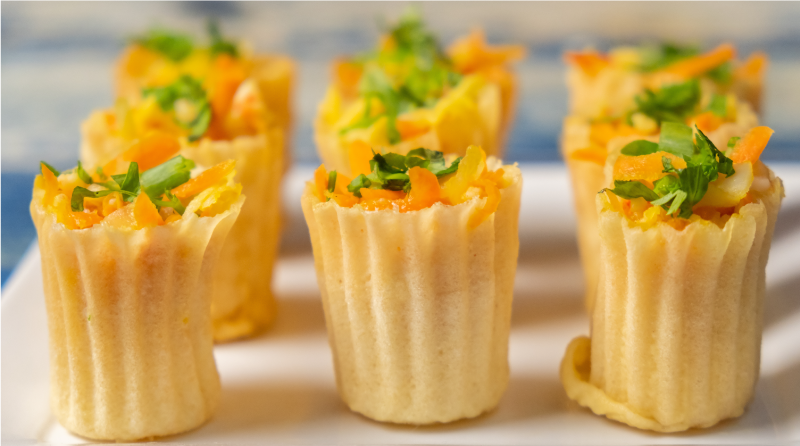
Malaysia is a food lover’s paradise and we in general enjoy the diverse culinary heritage of our multicultural society. Although having different beliefs and culture, Malaysians are united in their love for the nation’s multi-cuisine. It is the main factor that brings us together as we learn about each other’s culture and traditions.
Malaysian food consists of cooking traditions and practices that reflects the blend of Malay, Chinese, Indian cultures as well as those of the indigenous people from Sabah and Sarawak, the Peranakan and Eurasian communities. This, together with historical migrations, colonisations and geographical location has resulted in a symphony of flavours, making Malaysian food complex and diverse. Let’s take a look at each ethnic group’s cuisine.
Malay cuisine
Malay food is strong, spicy, and aromatic, incorporating a variety of herbs and seasonings that are pounded into concentrated pastes. One of the favourite Malay foods is ayam goreng which is chicken marinated in turmeric and curry powder, and then deep-fried till golden brown.
Chinese cuisine
The Malaysian Chinese cuisine is derived from the traditions of immigrants who made Malaysia their home many years ago. Over time, these traditions have been adapted and modified under the influence of the Malaysian culture. Malaysian Chinese cuisine is predominantly based on an eclectic repertoire of dishes with roots in Fujian, Cantonese, Hakka and Teochew cuisines.
A Chinese meal is comprises two parts: staple food, normally rice, noodles or steamed buns, accompanied by vegetable and meat dishes. Some of the Chinese dishes are Hainanese chicken rice, Bak Kut Teh and many more.
Indian cuisine

The best way to describe Indian food is elaborate, fragrant and hot. Indian cuisine arrived in Malaysia during the 19th century with the arrival of the Indian labourers who brought along their own flavours.
Nowadays, both the Northern and Southern Indian cuisine have been adapted to produce delicious curries, bread and creative desserts. Coriander, turmeric, cumin and curry feature heavily in Indian dishes alongside other rich ingredients such as ghee, yoghurt and chilli. Three elements can often be found in Indian food; “Masala” or fragrant spices, “Dhal” which is lentil curry and bread which are oven-baked or fried into circular flat-shaped that goes perfectly well with curries.
Peranakan cuisine

Peranakan is a distinct form of Malaysian cuisine that came from Chinese immigrants who intermarried with the local population in Melaka over 400 years ago. They are called Baba and Nyonya or the Peranakan.
Peranakan food is a fusion of traditional Chinese food and local food, creating a unique flavour. Nyonya food as it is known focuses on the blending of tangy and aromatic spices. It requires patience and lots of preparation, but the results are so worth the effort.
Portuguese cuisine
Like the Peranakans, the Eurasians or Portuguese people in Malaysia have their very own signature Kristang cuisine. Also known as the ‘Kristangs’, the descendants of the early Portuguese and Dutch settlers in straits cities like Melaka and Penang have been around since the 1500s. Over the years, they have developed a unique cuisine that mixes traditional recipes with local ingredients.
Kristang cooking is influenced by Portuguese, Dutch, and British cuisines. However, it also bears the markings of local Malay, Chinese, and Indian cuisine by virtue of intermarriage with the locals. They enjoy the heat from chillies, curries, different kinds of soy sauce and proudly use local ingredients to give their cuisine a unique twist.
